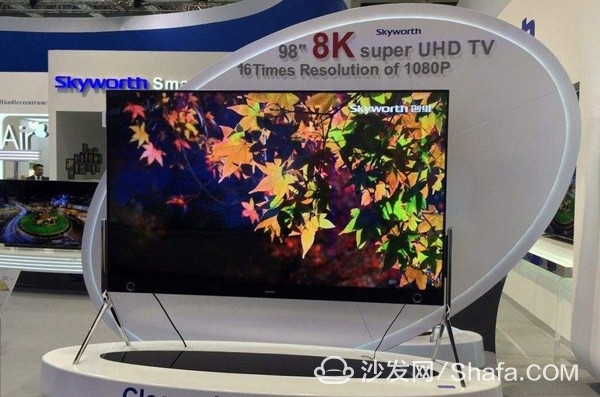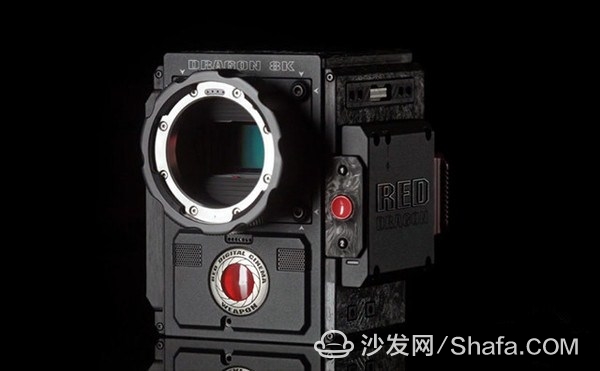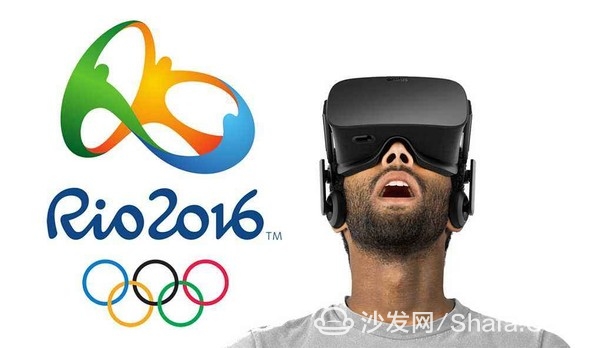
In fact, for 8K television, major TV manufacturers have long been preparing for a long time. As early as the 2015 CES show in the United States, Sharp demonstrated the world’s first TV that meets the standard of 8K test broadcasting. Samsung also demonstrated its 110-inch 8K TV. Its old rival, LG, was unwilling to show weakness. It also introduced a 55-inch 8K monitor.

Since we have said so much, what is 8K?
Still thanks to the popularity of smart machines, consumers now have a clear understanding of terms such as 1080P, 2K resolution, and so on. The so-called 8K product is a product with a resolution of 7680*4320, and the total number of pixels is about 33 million. In contrast, the current mainstream 1080P screen has a total of 2 million pixels, and the pixel weight of 8K resolution is 16 times that of 1080P products. The display effect can be imagined.

In fact, 8K imaging technology will infiltrate all aspects of life such as work, education, social networking, and health care. For example, in the medical field, 8K images can provide technical support for deeper minimally invasive surgery, which can drive intelligent medical equipment to process higher resolution image data. During the broadcast of sports games, images captured by 8K cameras can be used by the audience. Come to the scene to experience the game, and help the players after the game technical corrections.

Since 8K is so good, how long does it take for 8K products to become popular?
Perhaps the 8K product hardware is ready, but 8K video content is still very scarce. Although the Olympic Games in Rio de Janeiro in 2016 has already achieved the piloting of 8K satellite signals, Japan will also open 8K live video in 2018, but this is far from enough. In fact, even if the number of 4K sources is difficult to satisfy consumers, let alone 8K source. Therefore, the industry is still holding a wait-and-see attitude toward 8K products.
However, if 8K products are to be popularized, what is really needed is the growth of the entire industry chain.
First of all, it is a matter of photography equipment. To get 8K video content, you naturally need to shoot. However, the equipment that can currently shoot 8K video is still relatively scarce. Even the most powerful SLR camera at the moment is only able to barely meet the 8K video technology standard. So, what about video?

At present, things seem to be developing toward good things. The rise of VR and other devices has driven manufacturers to begin research on high-resolution technologies. With the launch of 8K TV, it is bound to drive the development of 8K mainstream processors.

Compared to hardware devices, perhaps we should pay more attention to 8K video content. The content and hardware should be developed synchronously, with the existence of synchronization. Without hardware, content doesn't come in handy. Without content, hardware can only eat ash. 8K hardware is starting to develop now, but 8 video K content is far behind. In addition, if 8K video really comes, then how to solve the video cost, whether it needs the consumer to bear more, these problems are difficult to get answers in a short time.
It seems that 8K TV seems to come early, after all, the problem of 4K resources has not been resolved. But this is also a good start and a further step towards the ultimate goal. The pursuit of display technology is to look closer to the real world on display devices. 8K technology is only one step, and virtual reality technology requires higher display resolution. After all, human eyes have 1 billion pixels and there is still a long way to go to achieve this goal.
Smart TV/box information can focus on smart TV information network sofa butler (http://), China's influential TV box and smart TV website, providing information, communication, TV boxes, smart TVs, smart TV software, etc. Answering questions.
High efficient charging speed for Acer laptop, stable current outlet can offer power for the laptop at the same time charge the laptop battery. The best choice for your replacement adapter. The DC connector is 5.5*1.7mm or 3.3*1.0mm. We can meet your specific requirement of the products, like label design. The plug type is US/UK/AU/EU. The material of this product is PC+ABS. All condition of our product is 100% brand new.
Our products built with input/output overvoltage protection, input/output overcurrent protection, over temperature protection, over power protection and short circuit protection. You can send more details of this product, so that we can offer best service to you!
Laptop Adapter For Acer,Charger For Acer,Acer Laptop Adapter ,Ac Adapter For Acer
Shenzhen Waweis Technology Co., Ltd. , https://www.waweispowerasdapter.com
